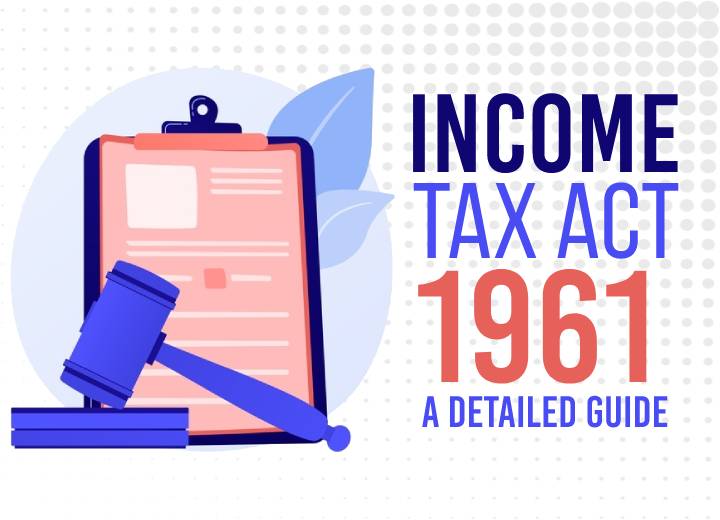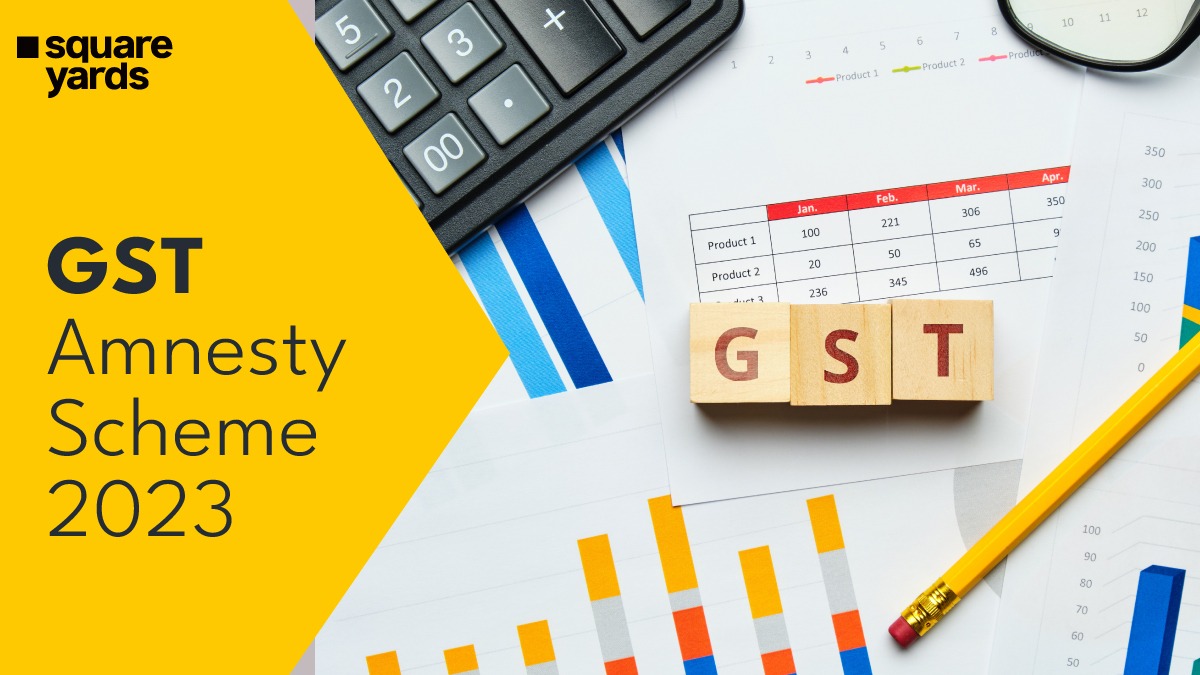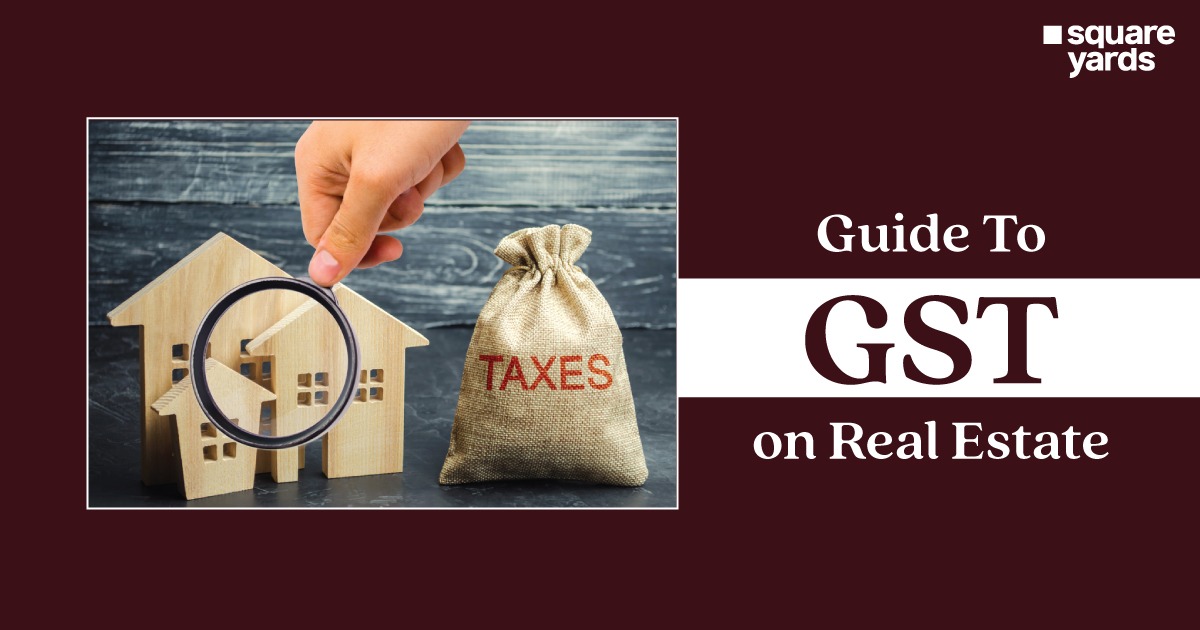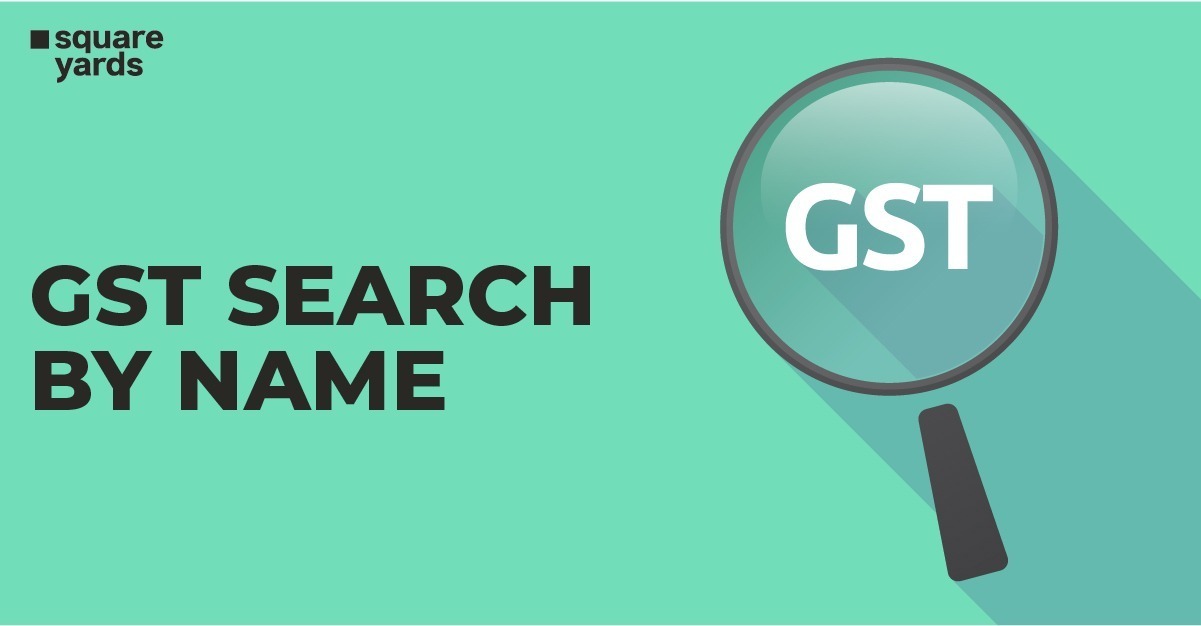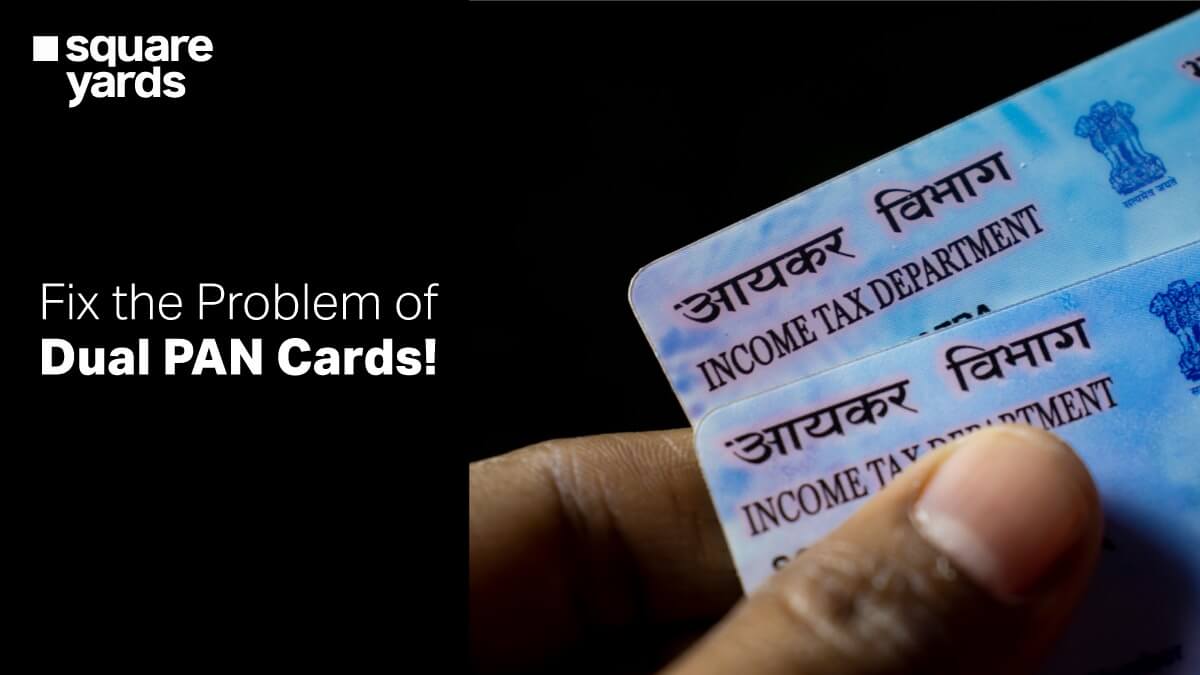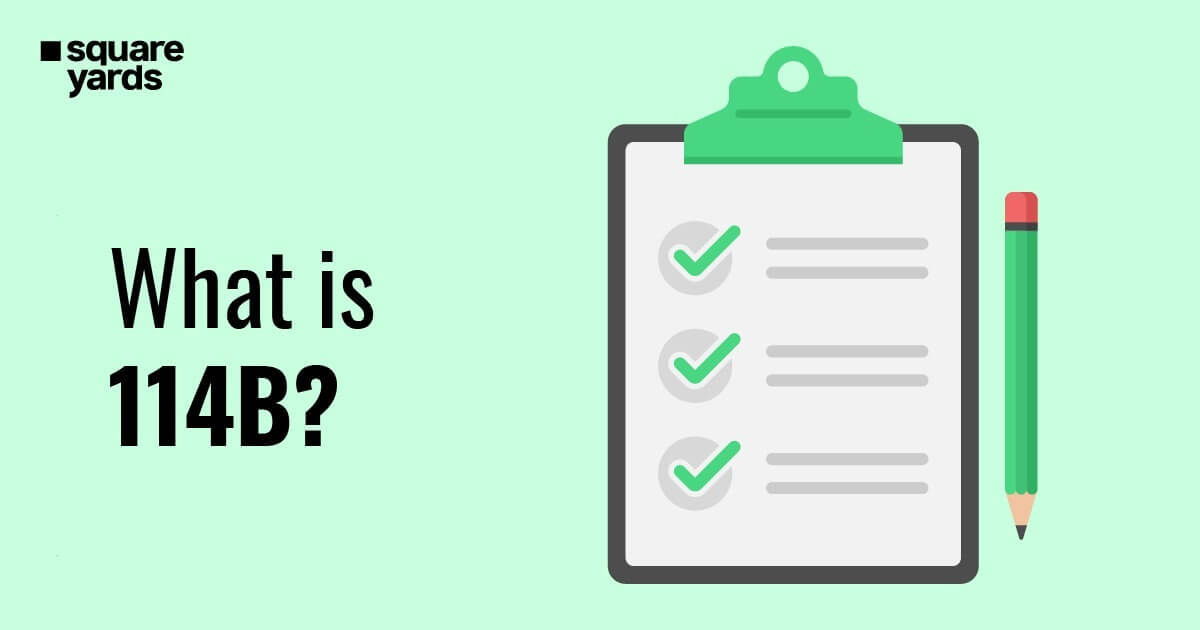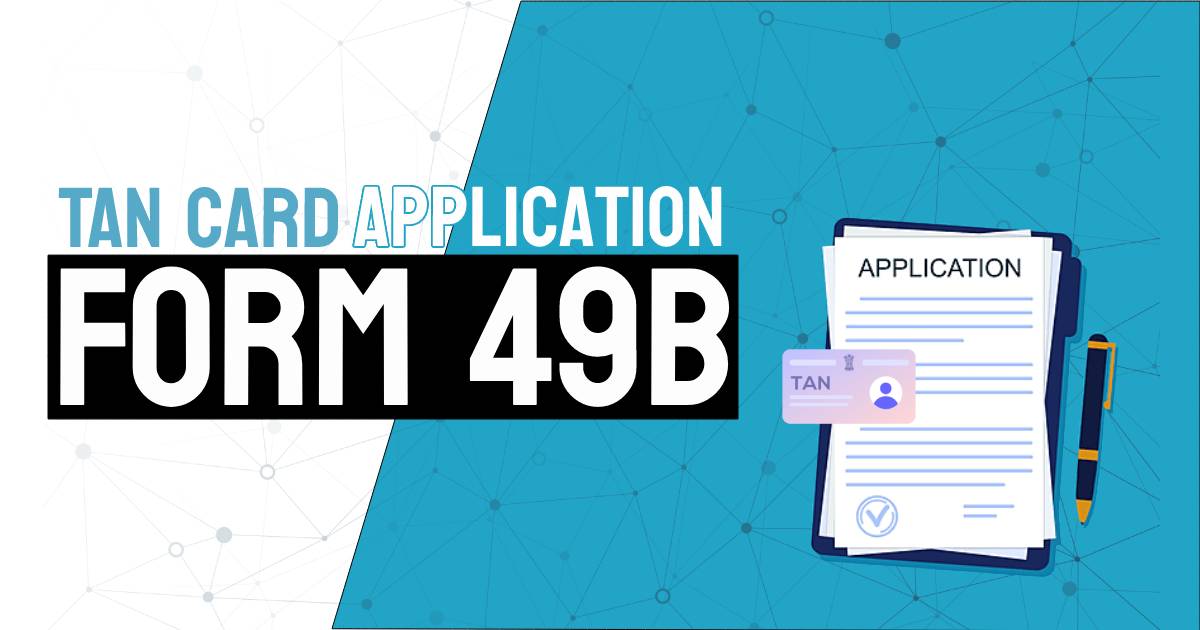The Income Tax Act 1961 is an all-inclusive statute governing the different tax regulations in India. The act ensures that taxes are timely and judiciously levied, administered, collected, and recovered for the Indian Government.
The income tax amount including, surcharges (if any) and cess, are charged at a rate prescribed by the Central Act for a particular assessment year.
The Income Tax Act provides several provisions for levying the tax on the income earned in advance along with the income with respect to the amount which has not been received to date.
As a taxpayer, not only should you pay your income tax on time but keep track of the TDS deducted while calculating the final tax liability at the end of the financial year.
Whether you are a salaried employee or a self-employed business person, paying income tax on time every year is your duty as a citizen. And to help you understand income tax better, in this article, we have explained everything you need to know about the Income Tax Act 1961.
Table of contents
What is the Income Tax Act 1961?
The concept of income tax has prevailed in India for many years. But it was James Wilson, the first British finance member, who introduced the modern Income Tax Act in 1860. Although numerous acts on taxation have been introduced even after that, the one that stood the test of time is the Income Tax Act 1961.
The Income Tax Act 1961 is a comprehensive set of laws that oversees the various tax rules and regulations in the country. It ensures that every year taxes are timely and rightly levied, collected, administered, and recovered for the Indian Government and was implemented in 1961.
There are 23 chapters and 298 sections under the Income Tax Act 1961, as mentioned on the official Income Tax Department website. These various sections deal with different taxation aspects in the country.
The income tax amount that one needs to pay depends upon their annual income. The various heads for which one has to pay taxes are:
- Salary
- House property income.
- Capital gains.
- Profits from profession or business.
- Income gains from other sources.
Every year, in the month of February, the Indian Government introduces some amendments in the Income Tax Act 1961 to make it relevant to its contemporary era. It includes taxation slabs changes wherever they are applicable.
After the amendments are made to the Act, they become a part of it upon the Indian President’s approval and are declared to the general public in the same financial year.
Objectives of the Income Tax Act 1961
As with every other Act, the Income Tax Act, 1961 also has some objectives for which they are made. Below listed are all the objectives of the Income Tax Act, 1961:
Economic Development
One of the major objectives of this Act is the economic growth or economic development of the country. The economic growth or economic development of a country is directly proportional to the growth of capital formation of the country. To overcome the scarcity of capital, the government introduced the Income Tax Act, 1961, which mobilized the resources of the country so that a rapid accumulation of capital could take place. The imposition of new taxes or making the taxes higher will help in the process of capital formation smoothly.
Full Employment
The second objective of the Income Tax Act, 1961 is employment. The employment rate in a country depends upon the effective demand for skilled professionals and the supply of well-paying jobs. For this, the tax rates have to be cut down to achieve the goal of full employment. In return, the demand for goods and services will be higher, resulting in capital formation in the country as it will give rise to both employment and income by the multiplier mechanism.
Stability of Price
The importance of stable prices is high. With the implementation of the Income Tax Act, 1961, ensuring price stability becomes easier, even though it is a short-term goal of taxation. Under this Act, the authorities made easy control over the inflation of prices. With the increase in direct taxes, there has been controlling private spending. Hence, the pressure is reduced on the commodity market. But, opposite effects on the market and growth can take place if the prices are reduced during the deflation.
Control over Cyclical Fluctuations
Controlling the cyclical economic fluctuations is another objective of this Act. During an economic depression in the country, taxes are lowered, whereas, in the case of an economic boom, there is an increment in taxes so that cyclical fluctuations in monetary value break.
Reduction for the BOP Difficulties
Taxes like custom duties are also levied under the Income Tax Act, 1961, to control the import of certain goods. It is also done to reduce the balanced intensity of payment difficulties as well as encourage domestic production of substitutes for imports.
Non-Revenue Objective
The non-revenue objective of the Income Tax Act, 1961, encourages the inequalities in the wealth and income of the citizens. This is done by levying higher amounts of tax for the rich people than the poor and introducing a system of progressive taxation methods.
Sections Under the Income Tax Act 1961
There is a long list of sections under the Income Tax Act 1961. Each of these sections deals with different aspects of taxation in India. The Indian Government has to present a Finance Budget every year during the time of February. With the Finance Budget, there are many amendments introduced in the Income Tax Act.
Let’s take a look at all the IT Act Chapters along with their related sections and subsections in the Income Tax Act.
Chapter I: This is the first section that introduces the IT Act and gives a basic idea about it.
Chapter II: This chapter mentions the commencement as well as the extent of the IT Act.
Chapter III: The third chapter is all about the charge on income tax, dividend income, the scope of income, and the income arising as a result of working in a different country, and so on.
Chapter IV: This chapter deals with all kinds of income that are exempted from the total income. These include incomes from trusts, property, institutions, political party incomes, and many more.
Chapter V: The fifth chapter deals with the income of other people that forms a part of the assessee’s income. It can be capital gains, from house parties, from businesses, etc.
Chapter VI: This chapter deals with the income transfer without the actual transfer of assets. This includes both transfer and revocable transfer.
Chapter VII: This chapter is all about deductions that apply to certain kinds of payments and incomes.
Chapter VIII: This chapter deals with the share of members and rebates in a body or association.
Chapter IX: This chapter deals with the relief of double taxation rebated on the relief of income tax.
Chapter X: This chapter is all about special provisions where payment of income tax is avoided. It includes the agreements.
Chapter X A: It has a list of all the general avoidance rules for income tax.
Chapter XII: Pertains to tax calculations under special cases.
Chapter XII A: Deals with special incomes earned by NRIs. This chapter contains sections from 110 to 115 BBE. Under these sections, different kinds of taxes payable on different kinds of incomes, are listed.
Chapter XII B: It lists the special provisions for taxation which apply to the companies from sections 115 J to 115 JF.
Chapter XII BB: It deals with the taxation process for converting a foreign company into an Indian subsidiary.
Chapter XII D: Deals with the process of taxation on the profits made by a domestic company.
Chapter XII DA: Deals with the rules for tax on the distribution of income by the company.
Chapter XII E: Deals with the tax rules on the distribution incomes of holders of units.
Chapter XII F: This chapter elucidates taxes on the received income from capital venture companies or funds.
Chapter XII G: This chapter mentions special provisions for shipping company’s taxation rules.
Chapter XIII: It lists all the income tax authorities and their information, such as their position, jurisdiction, appointment, control, disclosure of information, and power.
Chapter XIV: This chapter has a long list of sections that includes sections from 139 to 152. It also deals with all the return filing information and formalities.
Chapter XIV A: It includes provisions for all the repeated appeals like the ones pending in the Supreme Court or High Court.
Chapter XV: Deals with the liabilities for all cases and all the special and general provisions, recovery of tax from NRIs, companies, etc.
Chapter XVI: This chapter deals with the firms, their assessment, and the process of taxation, as well as the changes in the constitution, dissolution process, and succession.
Chapter XVII: This chapter comprises clauses for the recovery and collection of taxes. It also lists the interest rates charged on late payments or in cases where recovery has been made.
Chapter XVIII: It talks about the relief of income tax for the companies that will be paying dividends to their shareholders. included in Charitable works of companies through foundation wings are also included in this chapter.
Chapter XIX: This chapter is all about refunds in cases where more tax is paid to the IT department. It also includes the hows and whys of the correction of assessment of the refund of interest when no claim has been made despite individuals being liable for a refund. It has sections from 237 to 245.
Chapter XIX A: This chapter, specifically, deals with the settlement of cases from section 245 A to 245 L. It deals with all the aspects of the settlement.
Chapter XIX B: All the advance deals come under the jurisdiction of this chapter. It includes sections from 245 N to 245 V.
Chapter XX: This chapter deals with the appeals that are made to the commissioner and the deputy commissioner. It also includes the appeals made to the High Court, Supreme Court, and other advanced ruling powers after the revision of the commissioner.
Chapter XX A: This includes the sections from 269 A to 269 S. It is all about the acquisition of immovable properties in cases that counteract tax evasion. Every aspect of acquisition, including the jurisdiction, is also covered under this and the various sections that come under this chapter.
Chapter XX B: It lists down the mode of payment in those cases where evasion is required. It also deals with the accepting and taking of loans as well as deposits for the same along with their corresponding modes.
Chapter XX C: This chapter also deals with the immovable properties by the Central Government that need acquisition in any case of transfer. Restriction, authority, rectification, property vesting are a few of the topics that come under this chapter.
Chapter XXI: It includes Sections 271 to 275 that lists all penalties applicable to the various taxpayers under various conditions, including non-disclosure, failing to comply with the various provisions of the act, non-payment of taxes, and many others.
Chapter XXII: This chapter has Sections from 275 A to 280 D, which deals with the prosecution and offenses concerning the failure of compliance and other prosecution-related information on how it will go forward.
Chapter XXIII: Section 281 to 298 of the Income Tax Act comes under this chapter. Also, this chapter covers all the miscellaneous topics that cannot be put in the chapters of the tax mentioned above. It contains special as well as generic cases that may arise in situations related to the taxation process for the various entities of taxpayers.
Schedules of Income Tax Act 1961
Different annexures were added and amended under the schedule of the Income Tax Act. It was done to include the topics and scenarios which were not covered previously in the Act. A number of various schedules have been added to the Act at different periods of time to make the IT Act more comprehensive and inclusive.
You May Also Read:
Frequently Asked Questions (FAQs)
What are the objectives of the Income Tax Act 1961?
The Income Tax Act, 1961 aims to promote economic growth, build a society with full employment, control economic fluctuations, bring stability in prices, and control tax differentiation. The main objective is to amend and consolidate the rules of taxation in the country.
What is the salary covered under the Income Tax Act 1961?
The term salary under this Act includes both monetary and non-monetary facilities under Section 17 (1).
Who is a person under the Income Tax Act 1961?
Under this Act, a person is an individual, an undivided Hindu family, company, firm, a body of individuals, or an association of people, local authority, and artificial jurisdiction, among others.
Why is it called the Income Tax Act 1961?
It levies, administers, collects, and recovers taxes, so it is called Income Tax Act 1961 as it is the charging statute of taxes.
What are the components of Income Tax law in India?
The components of Income Tax in India are Income Tax Act 1961, Annual Finance Act, and Income Tax Rules 1962. It also includes circulars, notifications as well as case laws.
How relevant is the Income Tax Act 1961 with today's scenario?
Many amendments have been made to the Income Tax Act 1961 to make it relevant to today’s scenario. The rules were not included previously. But after the amendments, the Act is highly relevant to today’s scenario.
How many acts are there under the Income Tax?
Income Tax has 23 Chapters that are further divided into 298 Sections as mentioned on the official website of the Income Tax Department of India.
What is the exemption limit under the Income Tax Act 1961?
The standard exemption is ₹ 50,000 under the Income Tax Act 1961 for all salaried individuals. According to section 80 C of the Act, an exemption of ₹ 1.5 lakhs can be made.
What is an exempted income under the IT Act 1961?
Under the Income Tax Act 1961, exempted income is the one that is earned and is not subject to taxation under this Act. Section 10 of the Act defines certain kinds of incomes as exempted incomes within a financial year.
What types of income are considered tax exempted?
Below are the tax-exempted incomes: House allowances, transportation allowances, education of children, hostel fee subsidy, exemptions on housing loan, leave allowances, travel allowances, incomes mentioned under Section 10 and Section 54 of the Income Tax Act are the tax-exempted incomes under the Income Tax Act.


